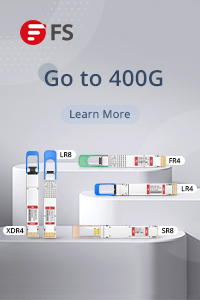With the increased demand for safety in public areas and buildings, contractors are now being advised to install materials thar arezero halogen cables人民在case of fire. It is now understood that smoke and poisonous fumes can be a greater risk to lives than that of fire alone.
What is Resistance to Fire?
Resistance to fire is the property of a material of assembly to withstand fire or give protection from it and it is measured as the time a product can mantain a level of functionality during a fire.
Fire resistance may be built-in both structurally and by the correct choice and application of building materials. The resistance-to-fire (of a cable) is the term used to describe how long a cable continues to operate in a fire. This may be of primary concern, for instance, in life safety of fire fighting installations.Cable resistance to fiber concerns: the ability of a cable to maintain functionality during fire; the duration of survival in working condition.
To be assured you are buying a cable that will offer security during fire, it must pass 3 tests pertaining to halogen content, low smoke density and flame propagation. The resistance-to-fire performance of cable is indicated in term of survival time which are 15, 30, 60, 90 and 120 minutes of operation in a standardized fire condition at European Level and equipment international (IEC). Local standards and customers specs include their own requirements witch are achieved as well by FiberStore local or tailor-made products.
Fiber-retartant,low smoke halogen free cable(LSZH)和线已经商用fro shipboard applications since the 1970S, offshore marine platforms, rapid transit and similar applications where people are present in confined areas. When worked with other fiber prevention and suppression practices, fire-retardant LSZH cables can help minimize fire-rated deaths and property damage. However, gases produced by all burning materials – whether LSZH or not – are extremely toxic.
Advantages and Disadvantages of LS0H cables
Pro: LSZH wire and cable produces less smoke when burned, which permits people to exit a burning building more quickly and results in less damage.
Con: Because LSZH is more susceptible to jacket cracking caused by pulling lubricants or cable bending, special lubricants has been developed to minimize cable damage during installation.
Pro: Because LSZH releases little or no halogen gas when burned, it reduced the damages to the human respiratory system if inhaled and contributes to less corrosion damage to equipment near the fire.
Cons: LSZH jacket compounds usually have very high filler content to provide the required flame and smoke performance. As a result, most have poorer mechanical, chemical resistance, water absorption and electrical properties than non-LSZH compounds.
Pro: LSZH jackets have a lower coefficient of friction than some non-LSZH jackets, which can make installatin easier.
Cons: The current generation ofLSZH cableshas not yet established a proven history of long-term performance.




